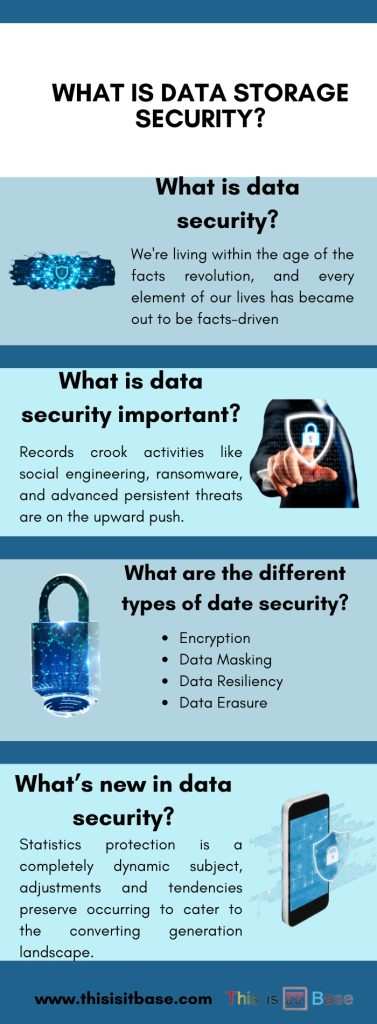Storage: A Comprehensive Guide to Organized Living
Always seek good Storage solutions for my home. I find that organized spaces make daily life easier. I sometimes type “storgae” by mistake. Such errors remind me to double-check my work.
Table of Contents
What is Storage?
Storage helps you keep items neatly arranged. It saves space and reduces clutter. I use effective Storage to manage my belongings. Short, clear strategies work best. Additionally, proper Storage improves overall home organization.
Advantages of Efficient Storage
Efficient Storages offers many benefits. It maximizes space and protects your items. It makes finding things simple. I noticed these advantages when I reorganized my room. My daily routine became more streamlined. Furthermore, it creates a pleasant environment for work and relaxation.
Comparing Popular Storage Solutions
Below is a table comparing some popular Storages options. This guide helps you choose the right product.
| Product | Price Range | Capacity | User Rating |
|---|---|---|---|
| IKEA Kallax Unit | $50 – $150 | 5-10 cubic feet | 4.5/5 |
| ClosetMaid Shelf | $80 – $200 | 10-15 cubic feet | 4.4/5 |
| Sterilite Drawers | $30 – $100 | 3-7 cubic feet | 4.3/5 |
This table shows the differences in design, capacity, and cost. I use such comparisons to make informed decisions.
Personal Experience with Storage
I have learned a lot about Storages over the years. I started with basic shelves and evolved to more creative ideas. Once, I purchased a set of drawers that did not meet my needs. I then opted for a modular unit that improved my organization. These experiences taught me the importance of testing products and reading reviews.
The process of rearranging my space. I always check for durability and style. I appreciate tools that help me create efficient Storages layouts. Each purchase adds value to my everyday life.
Tips for Choosing the Right Storage
To choose effective Storages, follow these simple tips:
- Assess Your Space: Measure your area before buying.
- List Your Needs: Identify what items need organizing.
- Read Reviews: Customer feedback provides honest insights.
- Consider Flexibility: Look for options that adapt to changes.
I often share these tips with friends. They help avoid common mistakes and ensure satisfaction.
Conclusion
Efficient Storages transforms your living space. It makes daily routines smoother and reduces clutter. By comparing different options and learning from personal experiences, you can create a well-organized home. Remember to check your typing to avoid errors like “storgae.” Enjoy the journey to a tidier, more efficient living environment!
Infographic: What is data storage security?


